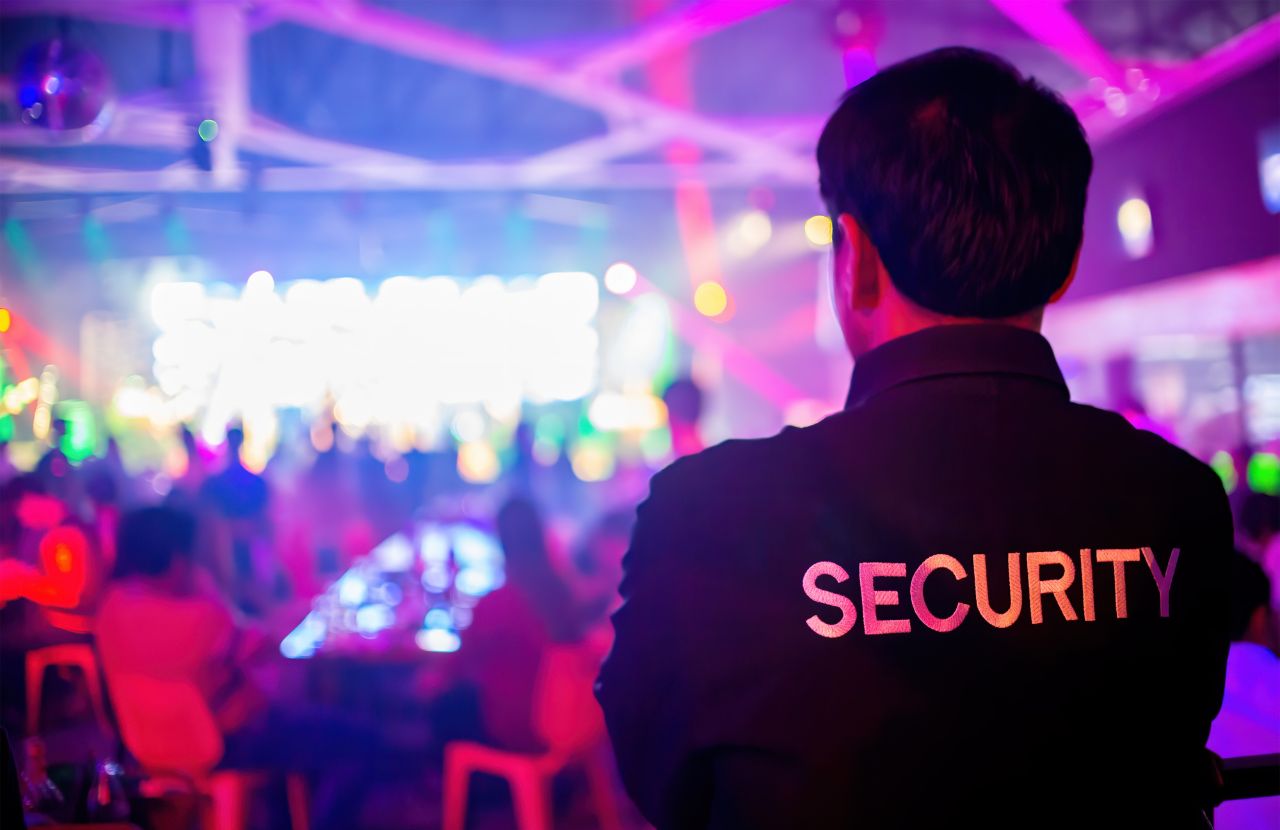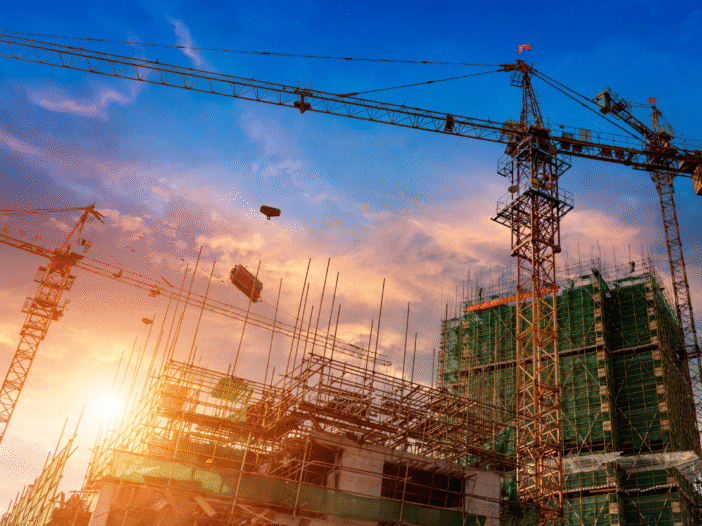
Organising an event involves meticulous planning and careful consideration of risks. To ensure the safety of everyone involved, a thorough event risk assessment is essential.
Event organisers have a legal duty to plan, manage and monitor events so that people’s health and safety is protected ‘as far as reasonably practicable’. Events should be always planned through liaison with emergency services and employees to help ensure risk management is effective.
Here is a comprehensive guide to help organisers carry out an event risk assessment which also supports compliance with Martyn’s Law, formally known as the Terrorism (Protection of Premises) Act 2025.
Identify hazards and mitigate risks
Event organisers are responsible for the overall safety of their event. This means making sure all aspects of the event, including the activities of vendors, are conducted in a safe manner. Event organisers must make sure vendors have identified and addressed the risks associated with their activities.
Here are examples of hazards common to most events, but this list is not exhaustive. Always take care to identify any additional hazards specific to your event to create a safer environment for all attendees.
Slips, trips, and falls
Uneven ground, wet surfaces, and obstacles can pose significant risks. In fact, slips, trips, and falls are the most common cause of serious workplace injuries. Ensure all walkways are clear, surfaces are non-slip, and any trip hazards are clearly marked or removed. Consider arrangements for monitoring conditions during the event.
Please see our guide, How to avoid slips, trips and falls at work.
Fire risks and evacuation procedures
Identify escape routes and fire exits and ensure they are accessible and clearly marked. Consider the location of fire extinguishers and flammable materials.
Develop and communicate a fire evacuation plan to all staff and attendees – this will need to consider the needs of people have disabilities or mobility challenges.
Terrorism threats
Potential threats or vulnerabilities to acts of terrorism must be considered in an event risk assessment. This includes evaluating the risks associated with crowded places and high-profile events.
Martyn’s Law offers better protection to everyone in the UK against the continued and ever-evolving threat of terrorism. We discuss the measures event organisers need to consider implementing in our article, How does Martyn’s Law affect you?
At Praxis42 we offer two online Martyn’s Law courses to help you manage event security:
Martyn’s Law Awareness training
Martyn’s Law Awareness training is for everyone who needs to understand the implications of Martyn’s Law for their organisation or event.
Training takes approximately 30 minutes and helps participants to understand their responsibilities under the legislation, what effective security measures can be implemented and what to do following an incident.
Martyn’s Law (Counter Terror) training
Martyn’s Law (Counter Terror) training is aimed at those responsible for specific locations or events security (duty holders).
This course covers the essential elements of the Martyn’s Law Awareness course plus the additional responsibilities of duty holders, like event organisers. Participants explore the control measures that can be taken to comply with Martyn’s Law. They also learn how to assess the risk from terrorism and formulate a response plan in the event of an attack.
Vehicles and generators
Risks associated with vehicle movement, generators, and fuel storage include collisions, spills, and fire hazards should be considered. Designate specific areas for vehicle and generator use and implement strict safety protocols.
For more about vehicle hazards, please see our article, What is a workplace transport risk assessment?
Electrical safety
Portable electrical appliances must be maintained and used safely. Ensure electrical equipment is tested and in good condition and provide electrical safety training on safe usage if needed. Ensure any temporary power is installed by a competent person.
Manual handling
Activities involving heavy lifting can lead to injuries – from setting up stage platforms, lighting rigs and sound equipment to arranging tables and chairs. Appropriate handling aids and providing manual handling training can help minimise the risk of injuries.
Structures
Ensure the safety and stability of temporary structures such as tents, marquees, and inflatables. Regularly inspect temporary structures and adhere to manufacturer guidelines for installation and usage.
Crowd management
The intensity and movement of crowds can create hazards. Plan for adequate crowd control measures, such as barriers, signage, and trained stewards to manage crowd flow and prevent overcrowding.
Noise levels
High noise levels can affect hearing. Monitor noise levels and provide ear protection if necessary. Ensure that sound levels are within safe limits and follow local authority guidelines.
Hazardous substances
Chemicals, such as those used for cleaning, can be harmful if not used and stored appropriately. Ensure proper storage and handling of any hazardous substances.
Environmental conditions
Poor lighting, inadequate heating, or ventilation can affect the comfort and safety of attendees. Ensure the venue is well-lit, properly heated, and ventilated.
Weather conditions
Weather can impact the safety and success of outdoor events. Monitor weather forecasts and have contingency plans for adverse conditions, such as rain, wind, or extreme temperatures.
Substance abuse
The presence of alcohol or drugs can lead to incidents and altercations. Implement policies to manage and monitor substance use and ensure the availability of security personnel to handle incidents. Consider offering drugs and alcohol awareness training. At Praxis42 we offer Drug and Alcohol Awareness for Managers and Drug and Alcohol Awareness for Employees.
Specific activities
Risks from demonstrations, specific activities, or performances must be assessed. Identify any unique hazards associated with these activities and implement appropriate controls.
Develop and implement control measures
Once you have prioritised risks develop and implement control measures as appropriate.
Elimination
Completely removing the hazard is obviously the most effective safety strategy.
For example, if certain equipment is hazardous, you might decide not to use it. If an activity is high risk, such as high-speed vehicle demonstrations in a crowded area, cancelling or moving it to a safer location can eliminate the risk to spectators.
Substitution
Replacing a hazardous element with a safer alternative may be an option. This may include using less hazardous materials, such as replacing a flammable decoration with a fire-resistant one or swapping corded equipment which poses a trip hazard with battery-operated tools.
Engineering controls
Engineering controls involve making physical modifications to the environment to reduce risks, examples include:
- Barriers and guardrails. Installing barriers around stages, elevated areas, or hazardous zones to prevent falls or unauthorised access.
- Ventilation systems. Enhancing ventilation in enclosed spaces to reduce the risk of airborne contaminants.
- Sound levels. Implementing sound dampening or control measures to protect attendees and employees from hearing damage in loud environments.
Administrative controls
This focuses on ensuring people behave in a way that protects their safety and that of others. These controls rely on procedures, training, and policies to improve safety:
- Training programmes. Providing comprehensive training for employees and volunteers on safety procedures, emergency response and use of equipment. See ‘Identify the hazards’ above.
- Signage and instructions. Placing clear, visible signs to guide attendees, such as exit signs, hazard warnings, and instructions for safe behaviour.
- Scheduling and planning. Organising activities to minimise risk, such as staggered entry times to avoid crowding or scheduling high-risk activities during periods with lower attendance.
Personal protective equipment (PPE)
When hazards cannot be eliminated or substituted, PPE is the last line of defence. PPE should be used in conjunction with other control measures.
Examples of PPE are high visibility vests for those working in high traffic areas, protective gloves and hard hats for setup crews, and earplugs or earmuffs to protect those working near speakers or noisy machinery.
Monitor and review risk control measures
Conduct regular inspections to verify that control measures are properly implemented and functioning as intended. This includes checking safety equipment, ensuring barriers and signage are in place, and confirming that procedures are being followed.
Inspections should be systematic and documented to make it easier to identify and monitor what further action needs to be taken.
Gather feedback to evaluate the effectiveness of risk control measures. Conducting a de-brief after an event is essential to evaluate what worked well and what could be improved in future. The review should involve all key stakeholders, including vendors, employees, volunteers, and relevant external partners.
Feedback can also be collected through surveys, suggestion boxes and informal conversations.
Update risk assessments for events
A risk assessment for an event should be a dynamic document that is revised based on new information including changes in event setup and lessons learned from past events.
Regular updates ensure the risk management process remains relevant and responsive to evolving conditions. This might involve updating training programmes, modifying control measures, or improving communication strategies.
Do you need an event risk assessment?
Our experienced health and safety consultants can help you develop a comprehensive event risk assessment that meets legal requirements, including Martyn’s Law, and safeguards your employees, contractors, and visitors.
Whether you are organising a corporate event, concert, sports competition, or any other gathering, we provide you with peace of mind by ensuring safety is centre stage.
Contact us today on 0203 011 4242/info@praxis42.com to find out how we can support your event.

Adam Clarke
Managing Director (Consulting)
